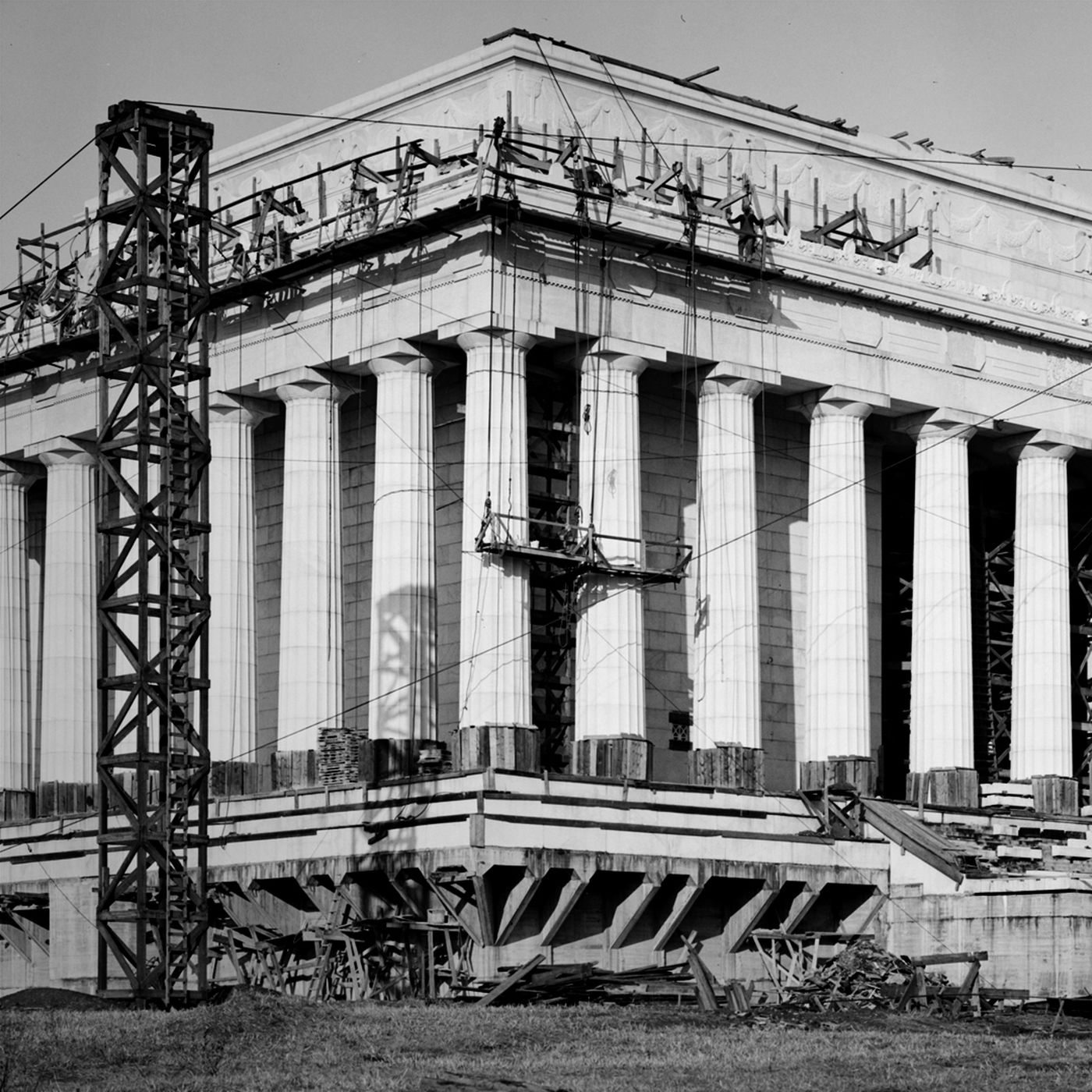“What’s So Great About Fake Roman Temples?” asks the smarmy New York Times headline. The obvious answer is the Lincoln Memorial (even though it’s actually a fake Greek temple). The Lincoln Memorial was not built by men in peruques and tricorn hats, but by modern Americans—it was completed in 1922. Nothing fake about it—it is built of Yule marble quarried in Colorado. It also incorporates all the optical refinements of ancient Greek architecture—entasis, slightly tilted columns, a curved stylobate—at the same time it is not an attempt to build a replica. Greek temples didn’t have flat roofs and skylights, and they were never entered on the long side. Henry Bacon’s beautiful design is full of such “inauthentic” features. When the Lincoln Memorial was built many fulminated against it—Sullivan and Wright hated it–and they were wrong. Of course, the Lincoln Memorial gains strength from the important events it has witnessed—Marian Anderson’s landmark performance, Marin Luther King Jr.’s speech. Like all good architecture it exists in the present as well as the past.


As a counter example: the Victor Emmanuel II Monument in Rome. Finished about the same time (1911) and with a similar commemorative program, it manages to sit on its site without achieving beauty or anything approaching beauty. You’d think if anyone could build in the classic style the Romans could, but nooo… Or at least that’s how it struck me when I walked around it a couple years ago. Talking about the concept of beauty takes us into deep philosophical waters, but that’s an ugly building. Known locally as the typewriter.
The capitol and White House in D.C. were planned and built when neoclassicism was very much the style in vogue. In Britain buildings like the National Gallery and the British Museum were built in the same style at that time, though much more substantially and impressively and, yes, beautifully as befits a powerful empire. Had the construction of D.C. been put off for another fifty years it’s likely that it would have been built in the Gothic Revival style as was to be the case in Ottawa, London and Vienna. We should now be hearing calls today to make America Gothic again. It’s the whim of history rather than the inherent superiority or beauty of neoclassicism that has built the capital we see today.
I agree that timing is important. In “The Shape of Time” George Kubler writes that the moment when an artists “comes on the scene” is a key factor, and quite outside the artist’s control.
Classicism was never that influential in Canada. Outside of Quebec, architects rarely attended the Ecole. McGill, which I attended, never had a Beaux-Arts curriculum–school was founded by Scots Arts & Crafts architects.